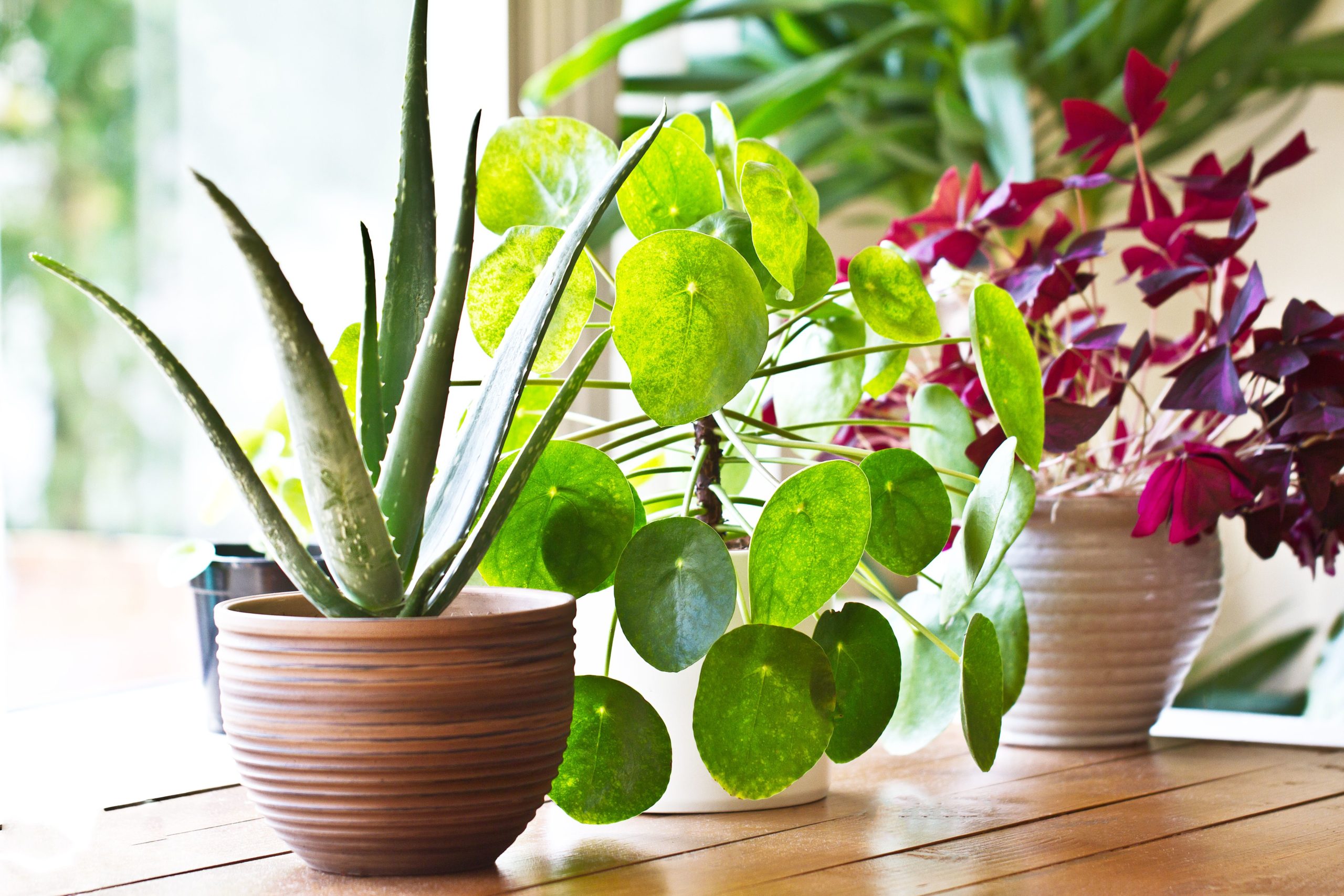by Rachel Gore
Is anyone else still waiting for their green thumb to sprout? I know I am. For those that can relate, but are still determined to successfully grow a plant indoors, consider trying out one of the following plants, all of which can thrive in lower light conditions:
- Golden Pothos (Devil’s Ivy)
The Golden Pothos, or Devil’s Ivy, got its nickname because it is almost impossible to kill. This vine can grow up to 40 feet long in the wild, while indoor plants typically grow up to 8 feet in length unless they are pruned. The vines produce heart-shaped, waxy, bright yellow and green leaves that can reach up to 4 inches in length. Indoors, it is best off in areas with filtered sunlight or bright artificial light. - Lucky Bamboo
Too much direct sunlight can cause lucky bamboo leaves to burn, making it better off in low to medium indirect light conditions. Lucky bamboo can be grown in water or in soil within a container with good drainage. As your bamboo grows, more water will be needed to cover its roots and keep it alive. - Japanese Sago Palm
If you’ve ever wanted a palm tree of your own, a Japanese sago palm is a great plant to invest in. Though they can grow in full sun exposure, they prefer partially shaded areas of indirect sunlight. As with the Lucky Bamboo and many others on this list, too much sunlight can burn the foliage. A pot with well-drained soil is a must for sago palms. - ZZ Plant
ZZ Plants are known for being resilient, easy to grow, indoor plants. ZZ plants are versatile. They do best in moderate to bright indirect light but are just fine in extremely low levels of light. A ZZ Plant is a good option for windowless offices or bathrooms where it will receive small amounts of artificial light. ZZ Plants should be watered weekly to bi-weekly, as they can develop problems if their potting soil is over-saturated. - Snake Plant
Snake plants can grow in light levels from low to high. Higher light levels will allow a snake plant to grow quicker, but strong direct sunlight can burn the leaves. The most important factor to get right when growing a snake plant is water, as overwatering can kill them quickly. Due to their susceptibility to overwatering, snake plants should only be watered once their soil is nearly dried out. - Spider Plant
Spider plants thrive in moderate to bright indirect light but will do just fine in lower light conditions as well. They will also do well in strong artificial light, which makes them a good option for those trying to liven up their cubicle or office. - Chinese Evergreen
This tropical forest plant does best in filtered light to partial shade, and can be grown indoors or in shady, frost-free areas outside. It is known for being durable, as it can tolerate dry air, drought and poor light conditions better than most other plants. - Heart-leaf Philodendron (Sweetheart Plant)
This popular house plant is known for its glossy, heart-shaped leaves that have earned it the nickname the Sweetheart Plant. It is considered easy to grow and maintain—in fact, it’s considered one of the easiest plants there is, making it ideal for beginner planters. Sweetheart plants can tolerate a range of light, including shady areas in your home that other plants could not.
Hopefully, this list has convinced you that there’s no need to be afraid to grow a plant just because your home or office doesn’t have that much direct sunlight. Even if it takes a couple tries to keep a plant alive and well, sooner or later, that green thumb will sprout.
Note: Some of these plants may be toxic to cats and/or dogs. Make sure you research an option that’s safe for your furry companion or find a spot they can’t access if you plan on growing a plant at home.








Leave A Comment